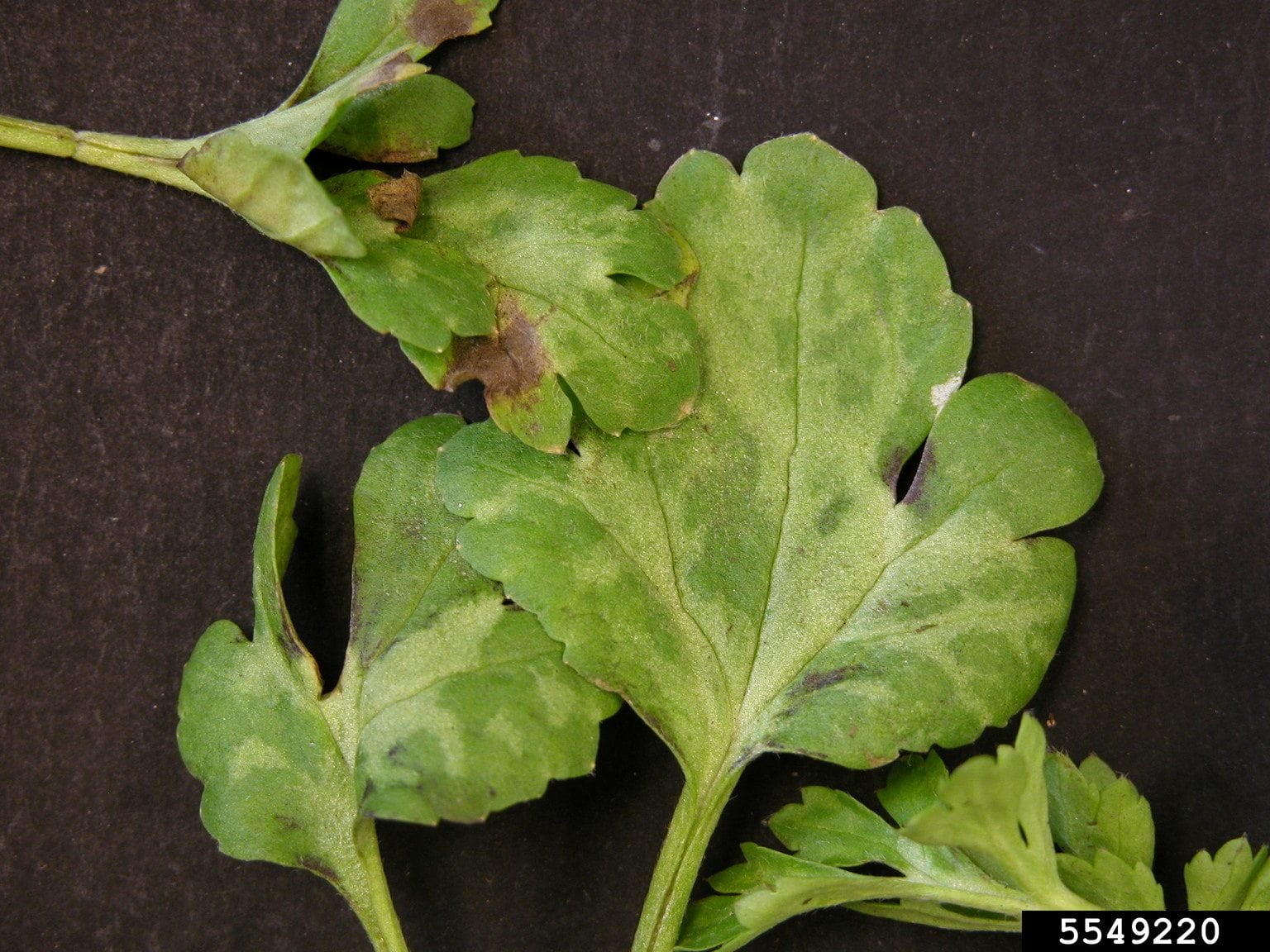Pansy Leaves Changing Color – Fixes For Pansies With Yellow Leaves


Help, my pansy leaves are yellowing! A healthy pansy plant displays bright green foliage, but pansy leaves changing color is a sign that something isn’t right. Various diseases may be responsible when pansy leaves are yellowing, but pests or improper fertilization can also cause discolored pansy leaves. Read on to learn about a few of the most common culprits.
Diseases that Discolor Pansy Leaves
Powdery mildew– Powdery mildew leads to patches of powdery white or gray blotches on flowers, stems, and foliage and may cause yellow pansy leaves but usually doesn’t kill plants. This is a fungal disease favored by fluctuating temperatures and high humidity, but may also appear when weather is dry. Downy mildew– Downy mildew leaves fuzzy gray blotches and discolored pansy leaves; it tends to be more prevalent on lower leaves. Yellow pansy leaves may appear before signs of fungus are evident. This fungal disease favors cool, wet weather. Cercospora leaf spot– Cercospora leaf spot discolors pansy leaves beginning with purple-black lesions on lower leaves that eventually develop pale tan centers with bluish black rings and water-soaked areas. Yellow pansy leaves eventually drop from the plant. This is another fungal disease that is spawned by warm, wet, and windy weather or damp, crowded conditions, usually occurring in late spring and fall. Root rot– This condition normally results in stunted growth and brown, mushy roots. Root rot also causes wilting and pansies with yellow leaves. Various soil-borne pathogens, including Pythium, Fusarium, and Rhizoctonia cause root rot and is often due to poor soil drainage, overwatering, or containers standing in water. Alternaria leaf spot– Early symptoms of alternaria leaf spot include tan or greenish yellow lesions turning dark brown. As the lesions mature, they may appear sunken or as concentric brown rings, often with a yellow halo. The centers of the spots may drop out. This disease is often carried by contaminated seed and is favored by warm, humid conditions. Impatiens necrotic spot virus– Impatiens necrotic spot virus (INSV) is a common virus seen in impatiens but can also affect other flowering plants like pansies. Plants can develop yellow bull’s eye markings, stem lesions, black ring spots, and other leaf lesions and simply fail to thrive. Thrips are often to blame for this viral infection.
Yellow Pansy Leaves from Insects
Two-spotted spider mites or aphids are the most common insects that affect pansy plants. With spider mites, you may see whitish, pale green, or yellow pansy leaves with pale stippling on upper surfaces; serious infestations of mites leave fine webbing on leaves. Aphids suck nutrients from leaves and stems, resulting in pansies with yellow leaves.
Treating Pansies with Yellow Leaves
Treat small insects with insecticidal soap spray. You may be able to remove light infestations with a strong stream of water, but severe problems may require systemic insecticides. Fungicides are of limited use against mildew, leaf spot, and other fungal diseases but they may be effective when applied early in disease development. Use products registered for use on pansies. Ensure pansies have adequate sunlight. Avoid planting pansies in areas that have previously been affected by disease. Destroy all diseased leaves and other plant parts immediately. Keep flower beds free of debris and clean flower beds thoroughly at the end of the blooming season. Also, clean and disinfect planting containers. Water by hand with a hose or use a soaker hose or drip system. Avoid overhead watering. Under-watering may also be responsible when pansy leaves are yellowing. Fertilize pansies regularly, but avoid over-feeding. Too much fertilizer may cause yellow pansy leaves.
Sign up for the Gardening Know How newsletter today and receive a free copy of our e-book "How to Grow Delicious Tomatoes".

A Credentialed Garden Writer, Mary H. Dyer was with Gardening Know How in the very beginning, publishing articles as early as 2007.